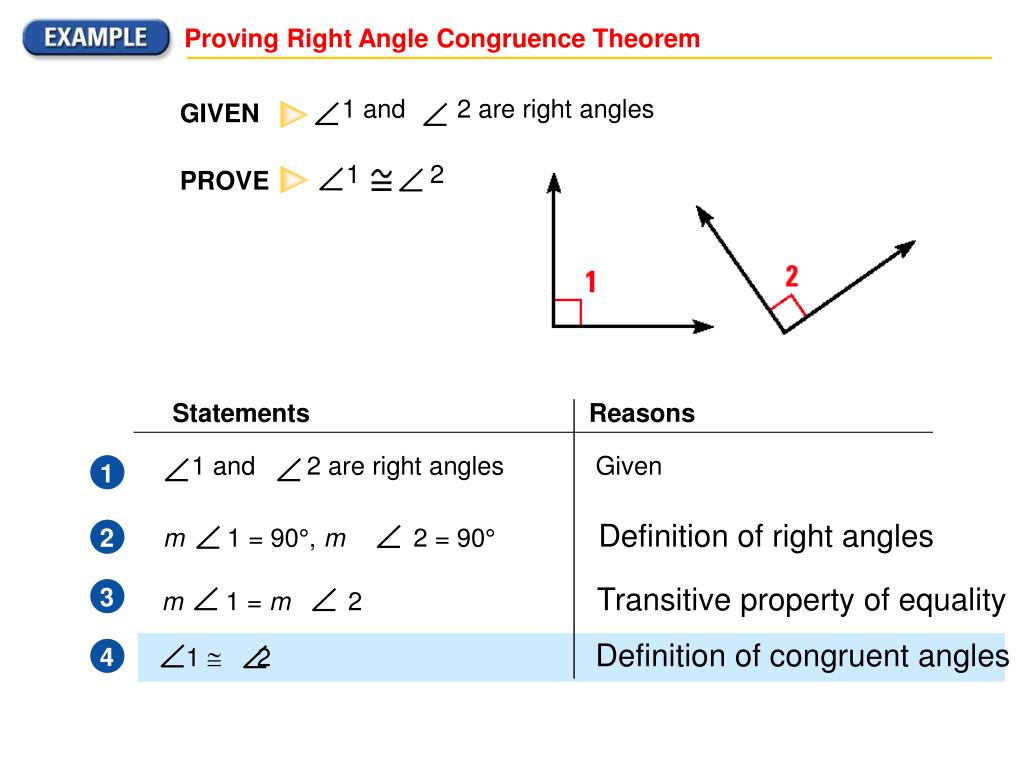
:max_bytes(150000):strip_icc()/2supplementary-56a603123df78cf7728ae5f5.gif)
Three angles can be supplementary, but not necessarily adjacent. Can 3 Angles Form a Linear Pair?Ī linear pair can be defined as two adjacent angles that add up to 180° or two angles which when combined together form a line or a straight angle. Only when the measure of each of the angles is 90°, a linear pair of angles is said to be congruent. Linear pairs of angles are not always congruent. 110) Theorem 2.12If two angles are congruent and supplementary, then each angle is a right angle. Are Linear Pair of Angles always Congruent? Theorem 2.11Perpendicular lines form congruent adjacent angles. A straight angle has an angle of 180°, so a linear pair of angles must add up to 180°. In a linear pair, two adjacent angles are formed by two intersecting lines. How Many Angles are there in a Linear Pair? As per their definition, a linear pair forms a straight angle that measures 180º. Hence, linear pairs will always be supplementary. Supplementary is one of the necessary conditions for being a linear pair. elden ring 100 checklist best power bank 20000mah qnap disable network interface read Two. who did god isolate in the bible Search Engine Optimization. Examples of supplementary angles are 140o and 40o, 150o and 30o, 100o and 80o, 160o and 20o, etc. For example, the linear pair of 30° is 150°, the linear pair of 70° is 110°, etc. For two angles to be supplementary, their sum must be 180 degree. So, linear pair of angles always add up to 180°. If there is a pair of adjacent angles, then this pair is a linear pair if the sum of the (measures of the) two angles will be 180°.

How Do you Find the Linear Pair of an Angle? They are drawn on a straight line with a ray that acts as a common arm between the angles. In math, a linear pair of angles are those two adjacent angles whose sum is 180°. In the image below, it can be clearly seen that both the pairs of angles are supplementary, but ∠A and ∠B are not linear pairs because they are not adjacent angles.įAQs on Linear Pair of Angles What is a Linear Pair of Angles? Their sum is also 180°.Īll linear pairs are supplementary angles too.Īll supplementary angles are not linear pairs.Įxample: ∠1 and ∠2 in the image given below.Įxample: ∠A and ∠B, ∠1 and ∠2 (in the image below). It means, a pair of angles whose sum is 180 degrees and they lie next to each other sharing a common vertex and a common arm are known as linear pair of angles. These angles are always adjacent to each other. We often say that the linear pair of angles are supplementary, but do you know that these two types of angles are not the same? Let us understand the difference between supplementary angles and linear pair of angles through the table given below: Linear Pair of Angles They are linear pairs of angles and supplementary angles.

In geometry, there are two types of angles whose sum is 180 degrees. Linear Pair of Angles Vs Supplementary Angles


 0 kommentar(er)
0 kommentar(er)
